Helen Hunt, 60, Stuns During Her Latest Appearance, and Her Lips Become the Center of Attention

Back in 2018, the biggest active underwater eruption ever happened — at least the one we could officially record. Scientists followed earthquakes that struck the area in the western Indian Ocean off Madagascar. Between 2018 and 2021, over 11,000 earthquakes struck a small island called Mayotte between Madagascar and Mozambique. The strongest one had a magnitude of 5.9. Until then, this area had been pretty peaceful.
There had only been two earthquakes recorded over 50 years. Along with regular earthquakes, there were also some unusual seismic hums, like earthquakes at pretty low frequencies, forming deep underground. People couldn’t feel those hums at the surface, but researchers around the world discovered them and realized they were related to volcanic activity no one actually noticed coming.
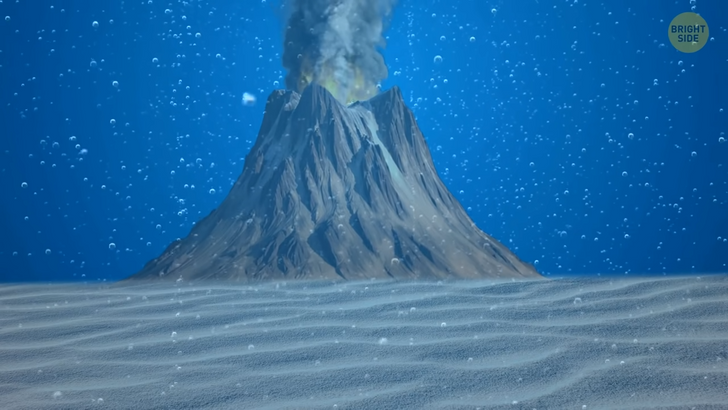
Something strange happened — that underwater eruption created a giant skyscraper-sized [2,690 feet] volcano. This new underwater volcano turned out to be around 1.5 times the height of One World Trade Center in New York and almost 10 times bigger than the Statue of Liberty. The area where it appeared had been explored in 2014, but it was almost flat, peaceful, and empty back then.
Now, there is an actual volcano’s nearly 8,500 feet below sea level. The volcano gets its magma from a super profound reservoir located nearly 34 miles underground. It’s the deepest reservoir of volcanic magma that we know about. The Earth has layers, and the middle one is kinda chunky. It’s very much like peanut caramel filling many chocolates have.
Research shows there are probably hunks of oceanic crust deep inside the Earth’s liquid mantle. They’re stuck there, creating large lumps in something that was supposed to be a smooth layer. Our planet has a rigid outer layer. It includes a hot upper mantle and cracked crust. The hit mantle moves and churns all the time, making the crust at the surface move too. This way, the oceanic crust dives into the depths and makes huge magma plumes go up toward the planet’s surface.
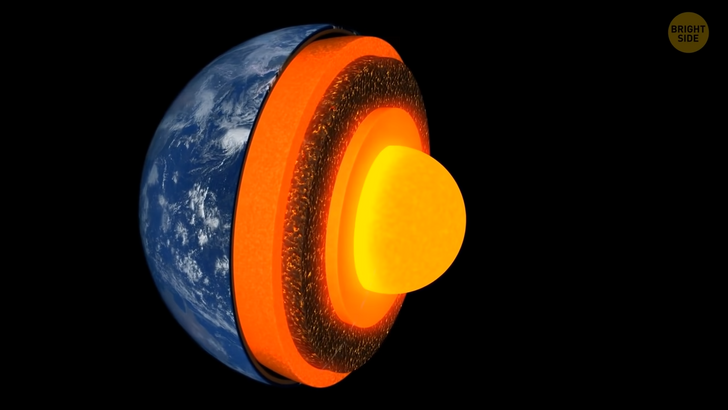
Scientists even found an ancient piece of the Pacific Ocean hundreds of miles underneath China. Those are the old remains of the Pacific’s seabed from long ago, and they were pulled downward below Earth’s surface into the mantle transition zone. This rocky slab that used to be at the bottom of the ocean is made of the crust and some solid parts of the upper mantle. Most of the volcanic activity on our planet happens where we don’t even see it — under the surface of the ocean.
About 70% of all volcanic activity happens in the oceans and mostly in the area of the South Pacific, with over 1,100 volcanoes squeezed into that area. Coastal cliffs, mountain chains, soils, and sediments that line valleys — these are only a small portion of the rocks on our planet. Oceans hide so much more deep down below the Earth’s surface. In-between the Earth’s surface and its core is the mantle. It’s a warm, thick layer of rocks that moves and flows constantly.
Some hundreds of miles below, there’s a place where diamonds grow. As they form, they go through high temperatures and pressure, after which they eventually freeze. That way, when they arrive at the surface, scientists can explore their structure, find out how they formed, and understand better what’s going on in the depths of our planet. Thanks to diamonds, they realized the mantle was very wet, and it possibly contained much more water than all the oceans on Earth.
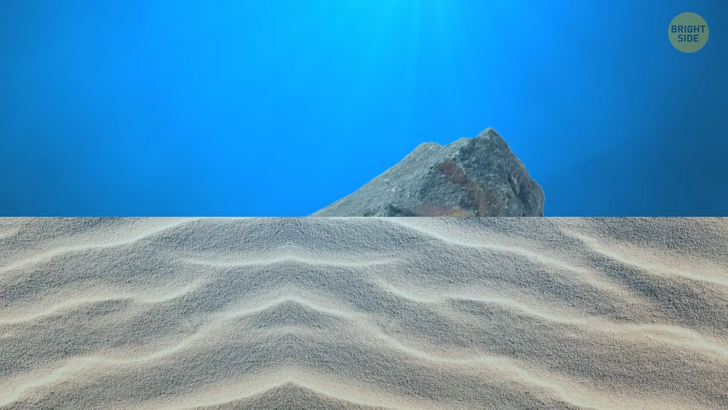
Our planet is eating up its own oceans. As its tectonic plates move, dive, and go beneath one another, they drag huge amounts of water into the Earth’s interior. The water beneath the surface of our planet can help with developing magma and “lubricate” faults — which actually makes earthquakes more likely to happen. Water is actually stored in the minerals. It gets incorporated into the planet’s crust when new oceanic plates form. They go through the process of bending and cracking as they grind under other plates [subduction], and huge amounts of water then go deep in the crust and mantle.
Scientists researched an area that’s 18 miles under the surface. They realized these zones pull 3 billion teragrams, which is more than 2 billion pounds. Any ocean is like a whole new world; there are incredible sceneries below the surface; magnificent waterfalls, lakes, rivers. There are thick layers of salt beneath the seafloor, and rivers and lakes form because seawater goes through those layers and dissolves them, creating something that resembles pools. The dissolved salt makes the surrounding water denser.
That water then settles there, which eventually forms underwater lakes or rivers. But, there are also mountain chains, trenches, canyons. There’s a canyon in the Bering Sea with more than 8,500 feet [2,600 m] of vertical relief. This makes the Grand Canyon look way smaller than it is since the underwater canyon is nearly 2,500 feet deeper.
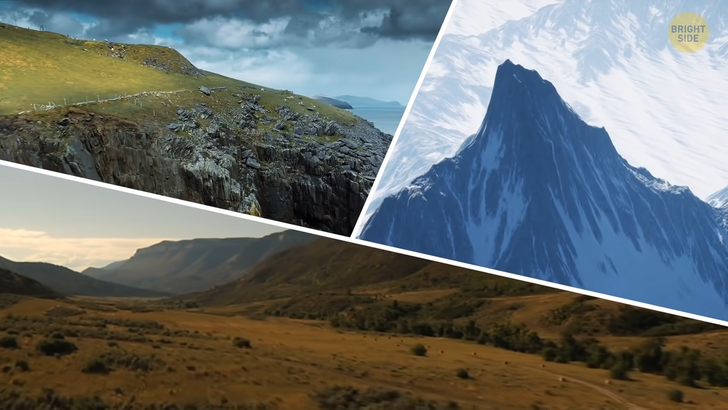
Deep parts of the ocean are really cold, the temperature of the water can be about 40 F [(4º C)]. But, at the bottom, water can get boiling hot. There are hydrothermal vents in the seafloor. Those are the hot springs located at the edges of tectonic plates. The water they release can reach a temperature of up to 750 F [(400º C)]. But the pressure at such depths is very intense — so intense no human being can handle it.
Still, it’s the pressure that keeps the water from boiling. Ocean depth is on average 2.3 miles [(3.7 km)]. Light waves can still enter at 3,280 feet [1000 m] even though it’s in a very small amount, so all the mysteries hidden below that point remain in total darkness. The actual illuminated part of the ocean goes until 600 feet [180 m]. Even though the Sun gives us light, most of our planet is dark all the time. It’s all because of the oceans — covering over 70 percent of our planet.
The loudest sound that came from an ocean — any of the loudest sounds ever recorded — came from an icequake. It was so loud researchers picked it up by sensors more than 3,000 miles away. There was a seismic activity that made frozen ground break down. The Antarctic ice sheet is bigger than the continental part of the United States and Mexico together.
A big iceberg from Antarctica holds over 20 billion gallons of water, which could make a 5-year water supply for a million people. Humans can generally drink sea ice, although we can’t drink seawater. As time goes by and the ice ages, the brine trapped between ice crystals drains out. That way ice becomes fresh enough to consume it.
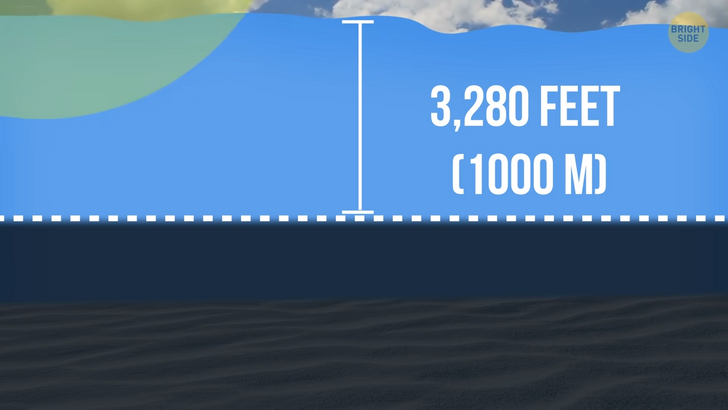
If all the ice sheets and glaciers we have on the Earth melted at the same time, the sea level would rise another 260 feet, which is just a little shorter than the Statue of Liberty, as the height of a 26-story building. Clams live long enough to tell us more about oceans past. Ancient mollusks can live for more than 500 years.
To learn more about a tree, you can use its rings to see how old it is. To learn how old a mollusk is, you can examine its rings within the shell and tell. This is also how scientists get information about the ocean, climate, and whatsoever: clams can help take a look at what happened about 1,000 years ago.
The Earth doesn’t have 4 but 5 oceans now. The new one, called the Southern Ocean, was officially recognized only a few months ago. It borders the Atlantic, Pacific, and Indian Oceans, so scientists couldn’t agree if it’s really a new ocean or just part of the colder regions of these three.
We don’t only divide oceans on maps — each has different conditions for unique marine species. For example, the Southern Ocean has leopard seals, orcas, minke whales, emperor penguins, and other animals that live in cold, icy seas. It’s also home to krill, small creatures that look like shrimp and are food for many bigger animals that live there.
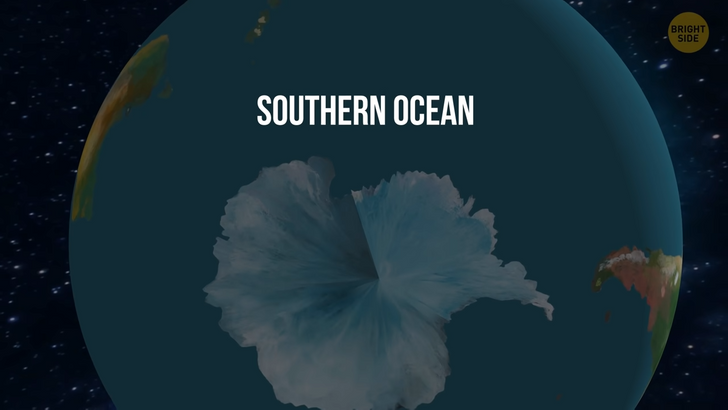
Life on our planet started about 3.5 billion years ago. (I wasn’t around then.) It’s still a mystery how and when exactly, but some theories say life could have first emerged in the depths of the ocean.
A few years ago, scientists found microscopic tubes and filaments within rocks formed about 4 billion years ago. These rocks are fragments of ancient oceanic crust.
Also, these tiny tubes and filaments are similar to microbes that can still be found on hydrothermal vents in deep parts of the ocean. The idea is these living cells found conditions to stay alive in tiny rocky pores inside the chimneys of those vents — and started the amazing adventure of the evolution of life on our planet.











